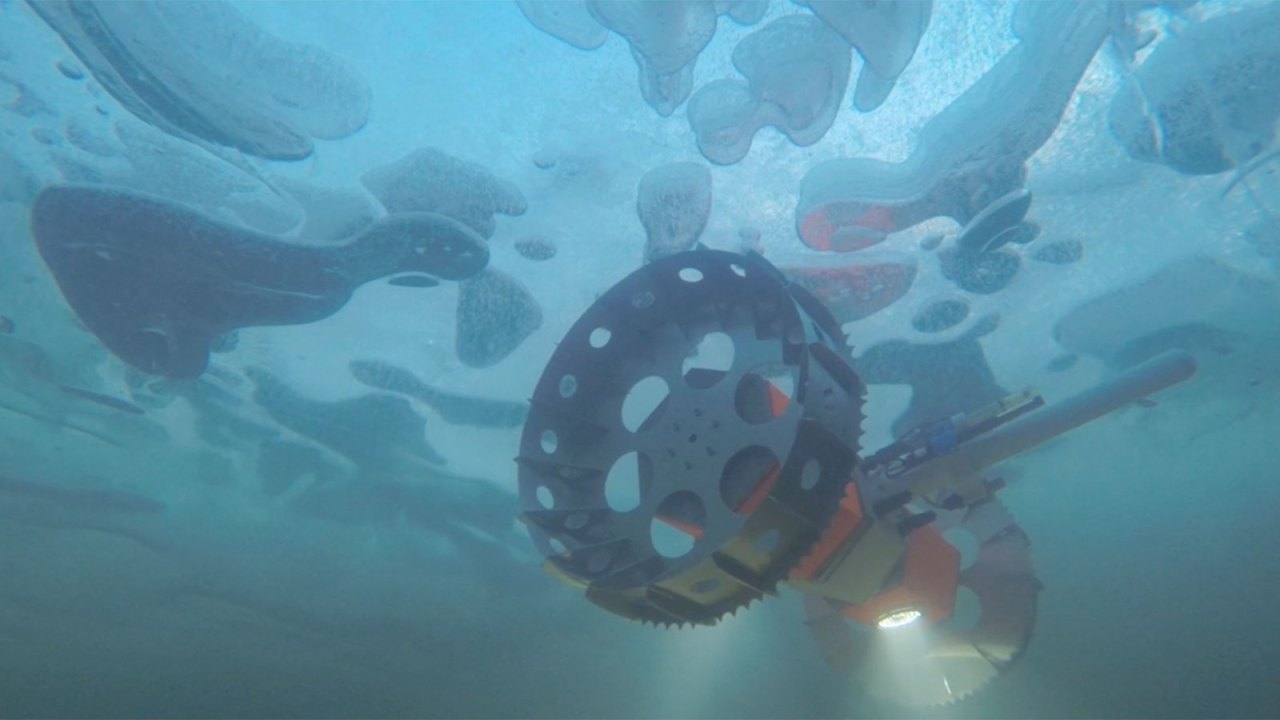As we look towards the cosmos, the allure of icy ocean moons has sparked intense interest in the scientific community. Saturn’s Enceladus and Jupiter’s Europa are among the top candidates for harboring signs of past or present life, hidden beneath their thick ice crusts. With the challenges of exploring such inhospitable environments, scientists are turning to groundbreaking technologies. One of the exciting projects in this realm is the Buoyant Rover for Under-Ice Exploration (BRUIE), which is set to undergo rigorous testing in Antarctica.
The Quest for Life Beyond Earth
The primary focus of current space explorations is finding indicators of life beyond our planet. Icy ocean moons, enveloped in miles of cosmic ice, represent intriguing frontiers. These celestial bodies may have conditions suitable for life—whether microbial or otherwise—hidden beneath layers of ice, yet our ability to investigate them is limited by current technology.
- Significant Challenges: Traditional exploration methods rely on surveying the surface. In contrast, to explore these moons’ depths, we need innovative solutions that can withstand extreme environments and operate autonomously.
- The Role of BRUIE: The Buoyant Rover for Under-Ice Exploration aims to redefine our probing methods by functioning in the subglacial waters of these moons, allowing for a greater understanding of their environments.
BRUIE: An Engineering Marvel
Developed by the Jet Propulsion Laboratory (JPL), BRUIE resembles a rugged hoverboard, capable of navigating the underside of ice. Its buoyancy mechanism gets it moving smoothly across the ice, allowing it to take crucial measurements while remaining suspended in water without descending too deep. This innovative approach not only enhances stability but also extends its operational capability significantly.
- Versatility in Movement: Unlike conventional submersibles that often face difficulties with ocean currents and maintaining position, BRUIE can suspend its operations, conserving energy while monitoring its environment.
- Scientific Precision: By maintaining its position, the rover can focus on detailed measurements, which are critical for detecting life indicators in delicate icy ecosystems.
Antarctica as a Testing Ground
Setting the stage for BRUIE’s development, the frigid landscapes of Antarctica serve as the perfect analog for future missions to icy moons. Previous tests in Alaska and the Arctic provided useful data, but the extreme and stable conditions of Antarctica allow for prolonged periods of deployment—something that mirrors potential future explorations in space.
- Extended Deployment: The capability to function in harsh, icy environments for months is vital for gathering comprehensive scientific data.
- Collaboration with the Australian Antarctic Program: JPL’s alliance with Casey Station enhances the testing process, providing valuable resources and logistical support for deploying the rover.
Conclusion: Bridging Earth and Otherworldly Environments
Exploring the depths of icy moons requires ingenuity and preparation. BRUIE exemplifies how advancements in robotic technology can revolutionize our exploration capabilities in extraterrestrial environments. As we inch closer to understanding the mysteries of these distant worlds, collaborations like those happening in Antarctica pave the way for future missions that may ultimately unlock the secrets of life beyond Earth.
At fxis.ai, we believe that such advancements are crucial for the future of AI, as they enable more comprehensive and effective solutions. Our team is continually exploring new methodologies to push the envelope in artificial intelligence, ensuring that our clients benefit from the latest technological innovations.
For more insights, updates, or to collaborate on AI development projects, stay connected with fxis.ai.

